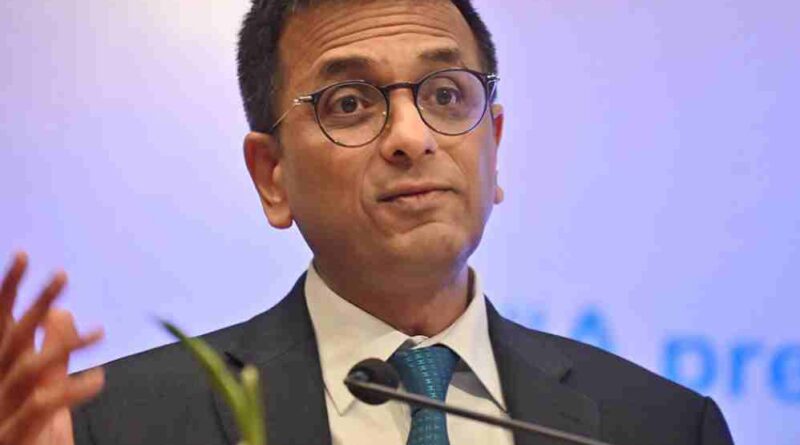SC Admin Requests Former CJI to Vacate Lutyens’ Bungalow: A Rare Post-Retirement Dispute Surfaces
In an unusual turn of events within the corridors of India’s judiciary, the Supreme Court’s administrative wing has reportedly asked former Chief Justice of India (CJI), U.U. Lalit, to vacate his official government residence in Delhi’s prestigious Lutyens’ zone—a move that has quietly sparked discussions around judicial privileges and post-retirement protocols.
The residence in question, an expansive Type-VIII government bungalow on Krishna Menon Marg, is traditionally allotted to sitting judges of the Supreme Court. Since his retirement in November 2022, Justice Lalit had continued to reside at the property. However, with Chief Justice D.Y. Chandrachud taking office and new judicial appointments being made, the administrative side of the apex court has formally written to Justice Lalit, requesting that he make arrangements to vacate the premises.
A Sensitive Matter, Handled Quietly
Sources familiar with the development say the tone of the communication was formal but respectful, reflecting the institution’s desire to resolve the matter without public friction. While such administrative notices are not uncommon in government quarters, they become particularly sensitive when they involve a high-ranking figure like a former Chief Justice of India.
Justice Lalit, known for his short but impactful tenure as CJI, is said to have been aware that the arrangement was temporary. According to officials, he had been given some grace period post-retirement, a gesture that’s extended to many top constitutional functionaries. However, the absence of a clear timeline has reportedly led to this gentle administrative nudge.
Why It Matters
Though seemingly mundane on the surface, this episode holds a mirror to the complex intersection of status, protocol, and institutional discipline. The judiciary in India is revered for its independence, but administrative matters such as accommodation often bring practical challenges that go beyond courtroom gravitas.
The situation also reignites the conversation around post-retirement benefits and entitlements of top judicial officers. With many former CJIs moving on to roles in tribunals or commissions—or choosing quieter lives—it’s rare to see one still occupying official premises long after stepping down. This has raised eyebrows not necessarily due to legal violation, but due to the perception of extended privilege.
A Broader Institutional Undertone
Behind the closed doors of the Supreme Court’s administration, this case underscores a quiet assertion of internal discipline. The Supreme Court, much like other constitutional bodies, runs on a careful balance of respect for office and respect for procedure. With limited housing options for active judges in central Delhi, administrative efficiency often demands a timely transition of residences.
Observers point out that this situation may prompt the Supreme Court to revisit and formalize clearer guidelines for housing post-retirement—especially for those at the highest rungs of the judiciary. After all, when prestige is balanced with policy, transparency becomes not just a tool, but a necessity.
No Public Reaction from Justice Lalit
As of now, there has been no public statement or reaction from Justice Lalit regarding the request. Those close to the former CJI describe him as someone who holds deep respect for institutional norms, and they expect the transition to be handled quietly and respectfully.
While this matter may seem like a small procedural wrinkle, it speaks volumes about the need for institutional clarity in spaces often governed more by tradition than written rule. At a time when public trust in the judiciary is both critical and closely scrutinized, even seemingly minor administrative matters carry symbolic weight.
For now, the spotlight subtly shifts from courtroom judgments to quiet compliance with norms—a reminder that even the most esteemed must sometimes make room for those still carrying the mantle.
Disclaimer
The information and content shared on digitalgithub.com — including articles, blogs, news, guides, and other resources — is intended for general informational and educational purposes only. We do not guarantee the completeness, reliability, or suitability of any information. Always seek the guidance of a qualified professional before making decisions based on the information you read. Use this site at your own risk.

